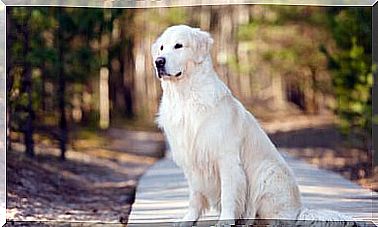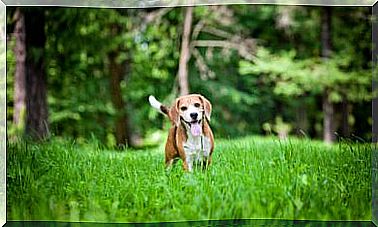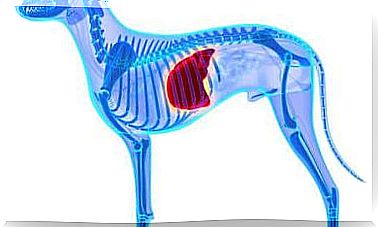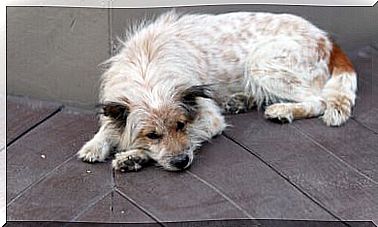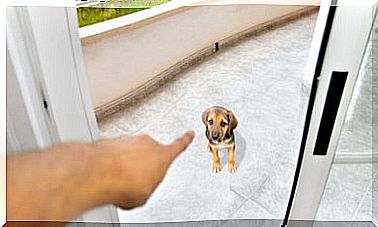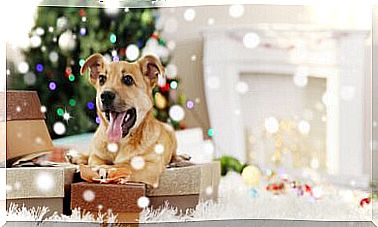What To Do With A Puppy That Can’t Leave The House Yet
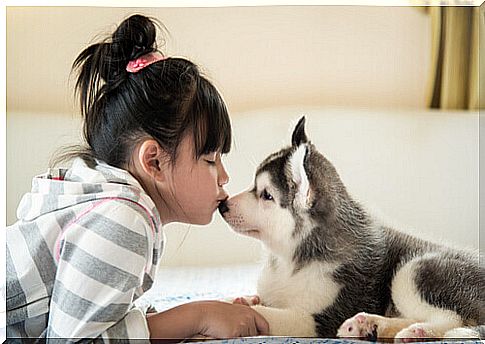
One of the most common concerns when adopting a puppy is that, due to its health, it still cannot go out into the street. A lot of people think about what to do with a puppy that can’t leave the house yet. Others delay teaching you to do your thing in a specific place or driving you on the leash, but they shouldn’t.
The vaccination calendar and the socialization period
Puppies are usually adopted between the eighth and ninth week of life, because they are more independent from their mothers and, although many are lactating, they also eat other types of food. However, they are not yet ready to go out on the street, as they have not completed the vaccination schedule.
It depends on each veterinarian and the regulations in the country, but usually the last vaccine that prevents you from going out on the street is given in the twelfth week of life. So we have, since the puppy was adopted, another full month in which the puppy will still not be able to leave the house.
On the other hand, the puppy is in the best time of its life to learn. He is in the middle of a critical period of socialization, that is, the time when he learns to relate to his environment and to other dogs. This stage ranges from the third to the fourteenth week, more or less.
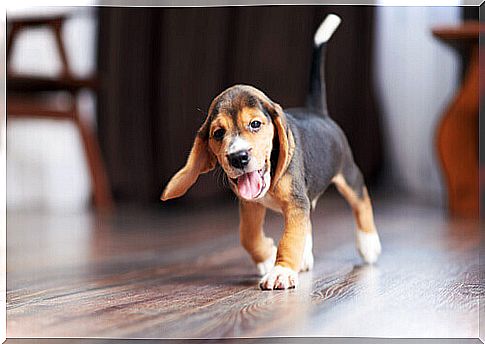
Therefore, we can and must go on teaching the puppy about what he will find outside the home, even if he still cannot go out. Here we will give you some ideas.
Start preparing the tour before leaving home
Although he cannot go out into the street, this is not an impediment for him to learn to behave with the breastplate and even to walk with the strap. If the first time he wears a breastplate is also the first time he takes to the street, you and your puppy may encounter more stimuli than you can handle.
Even if he’s not going out into the street, teach him to behave wearing a breastplate. Start by putting on for a few minutes a day and encourage him to do other things, such as play or eat, so that he feels that chest use is normal. Thus, he will not relate it to the excitement of the street or to a punishment.
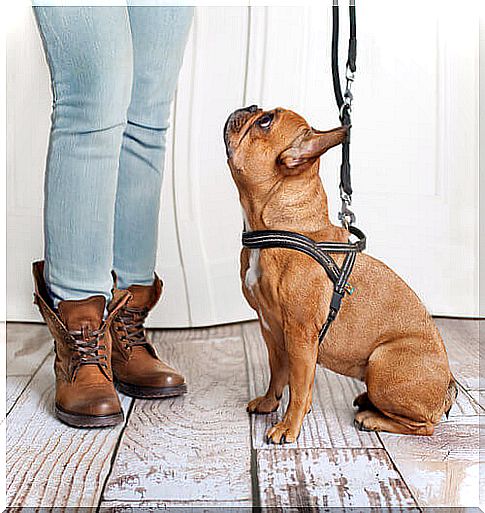
Also. it might be a good idea, once breastplate wear has become customary for him, to teach him how to use the strap. The first few times he’s attached to it, he’ll be unable to walk and won’t know how to walk without pulling: it ‘s the perfect time, at home, to teach him to walk without pulling.
Learn basic commands
Your brain, like a child’s, is like a sponge, it ‘s a perfect time to teach them the basics. A few repetitions will be enough for him to understand your orders: although the most common ones are teaching him to sit or lie down, the most useful when he goes outside will be to answer his call and let go of what have it in your mouth.
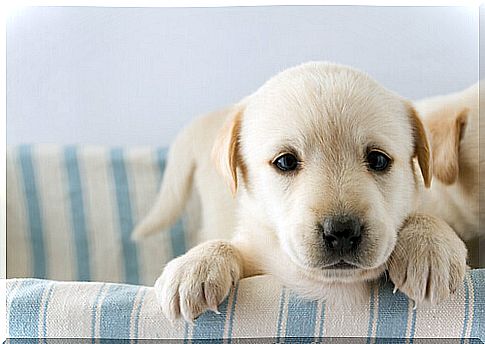
Remember that your puppy’s body is still very young and that with a few repetitions his joints will start to hurt. Also remember to use positive reinforcement to accelerate learning and disguise discipline as play.
present new stimuli
If you have a puppy that still can’t leave the house to find out what’s new, the news may go to him. Introduce him to new people of different ages and looks.
It’s a good time to make some phone calls and convince your grandparents or grandchildren to pay you a visit. Meeting people of different ages from those at home is essential when he meets them on the street.
Even if you know a balanced adult dog, healthy and with their vaccinations up to date, you can also invite them. There are learnings that can only be done with other dogs, such as presentations and games.
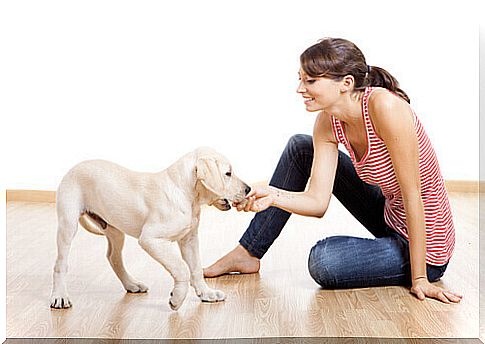
You can take these presentations one step further: let him meet cats, birds or other animals. Let the puppy know different sounds, bangs and songs, and although he is too young to be alone at home, let him be alone while you do your stuff in a different room in the house.
Remember that all stimuli and new people must be manageable for him. Start with a low intensity and for a short time. Let him rest between one stimulus and another; and if at any point you feel that you are being too much for him and that he wants to stop, allow it. This learning should be positive, not mandatory or distressing.
the first tours
When the veterinarian says that the vaccines are complete and that he can go out on the street, he will also have to do this little by little. The street is a very different place from home, where there are many new stimuli that need attention.

During the first walks he still won’t know he can do his own thing and maybe he doesn’t even want to walk. Take several walks a day, but very short ones: during the first week, ten minutes is more than enough. Don’t force him to do anything he doesn’t want to and let him explore things as he pleases.
Puppies are very intelligent and eager to learn. Enjoy this great moment that your puppy is living, even if he cannot leave the house : there are many things he can learn and experience in the home.
